Decades after the US buried nuclear waste abroad, climate change could unearth it – Grist Magazine
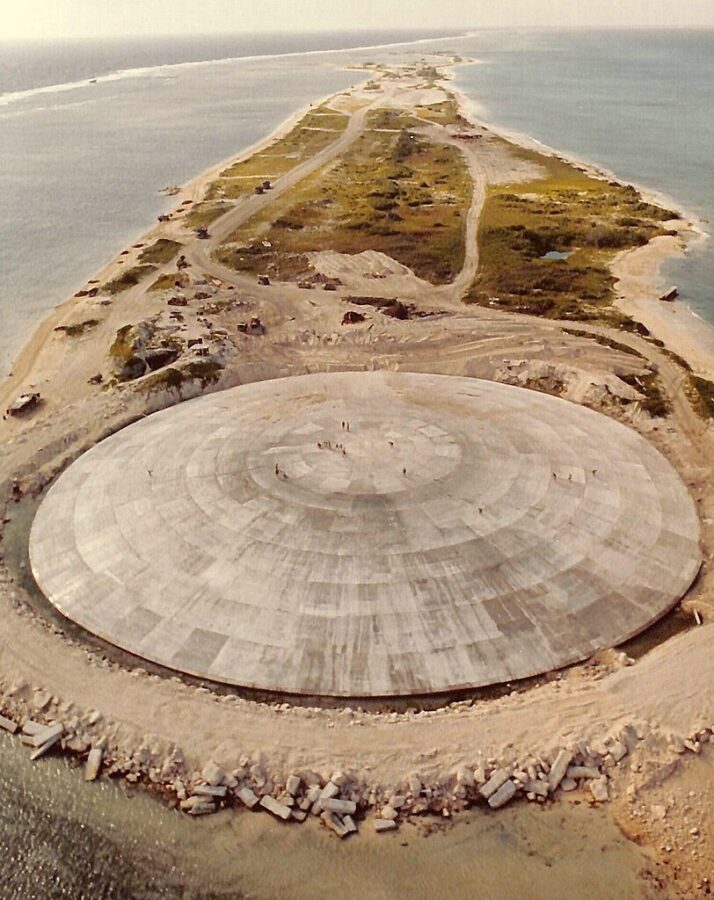
A new report says melting ice sheets and rising seas could disturb waste from U.S. nuclear projects in Greenland and the Marshall Islands…The report summarizes disagreements between Marshall Islands officials and the U.S. Department of Energy regarding the risks posed by U.S. nuclear waste. The GAO recommends that the agency adopt a communications strategy for conveying information about the potential for pollution to the Marshallese people.
The East Coast Is Sinking | Interactive – the New York Times
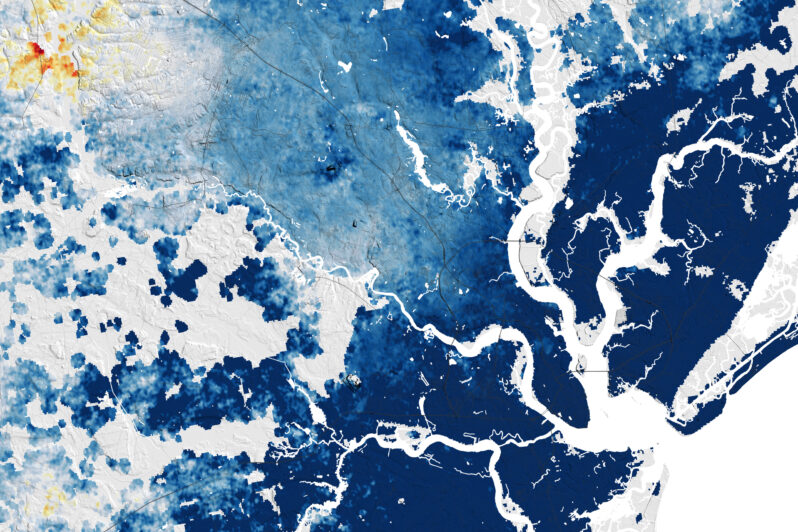
New satellite-based research reveals how land along the coast is slumping into the ocean, compounding the danger from global sea level rise.
A major culprit: overpumping of groundwater.
A ‘collapse’ is looming for Louisiana’s coastal wetlands, scientists say – the Washington Post
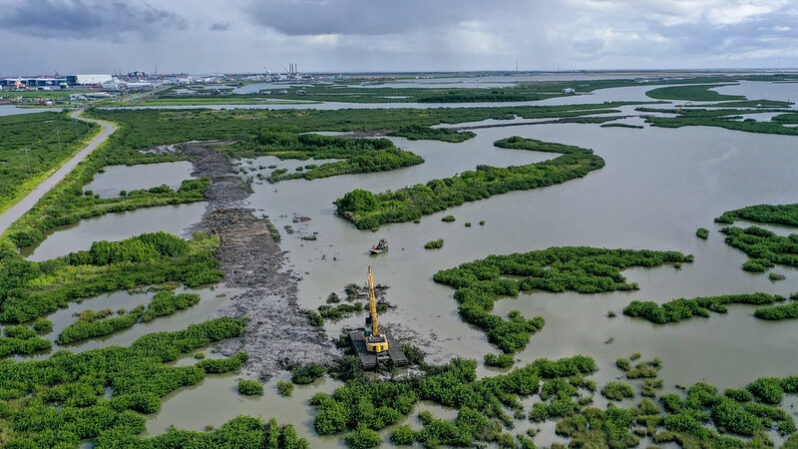
Scientists say the overwhelming majority of the state’s wetlands — a natural buffer against hurricanes — are in a state of ‘drowning’ and could be gone by 2070…
Atmospheric river storms are getting stronger, and deadlier. The race to understand them is on – the Guardian
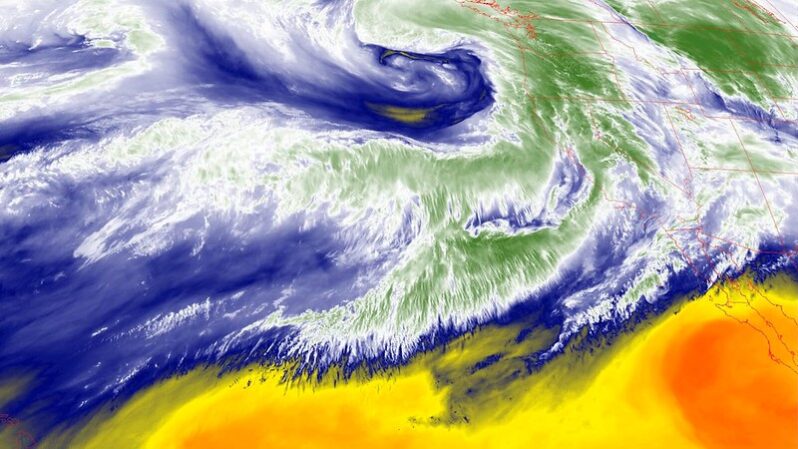
As the climate crisis supercharges storms over the Pacific, scientists are creating tools that can measure them from the inside..
How do ocean currents work? – TED-Ed

Dive into the science of ocean currents…In 1992, a cargo ship carrying bath toys got caught in a storm…
Ocean Wonders: A Symphony of Smells – Hakai Institute

“Take a whiff of the sea breeze. What happens to that scent when you sink below the surface? It turns out the sense of smell is crucial to those living in the deep. Hold your breath—but not your nose—as we explore olfaction in the ocean…”
10 Unique Beaches From Around the World – Atlas Obscura
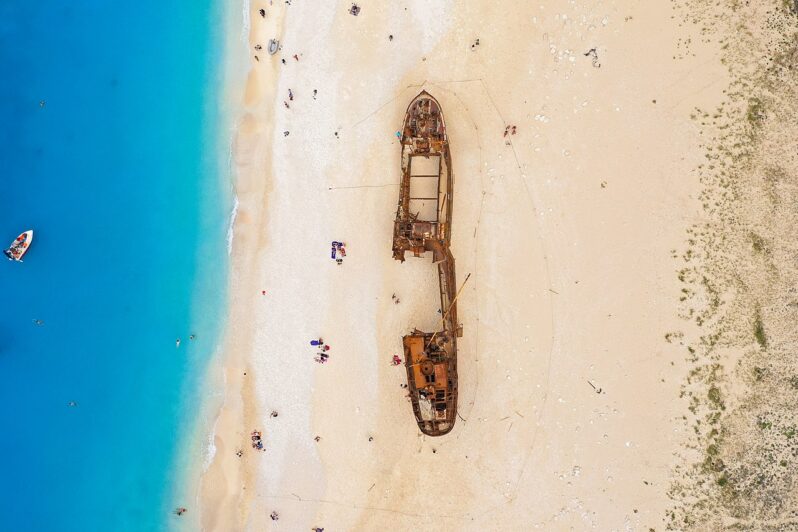
An otherworldly landscape of twisted trees in Georgia. A marshland of bright red grass on China’s Red Beach. A Wisconsin beach so beautiful, that taking rocks from it is illegal. An island of pink shores and Komodo dragons in Indonesia. If you’re looking for a unique beach, these ten places each offer something unexpected…
Six Spongy Sea Creatures Suggest Warming Might Be Worse Than Thought – the New York Times
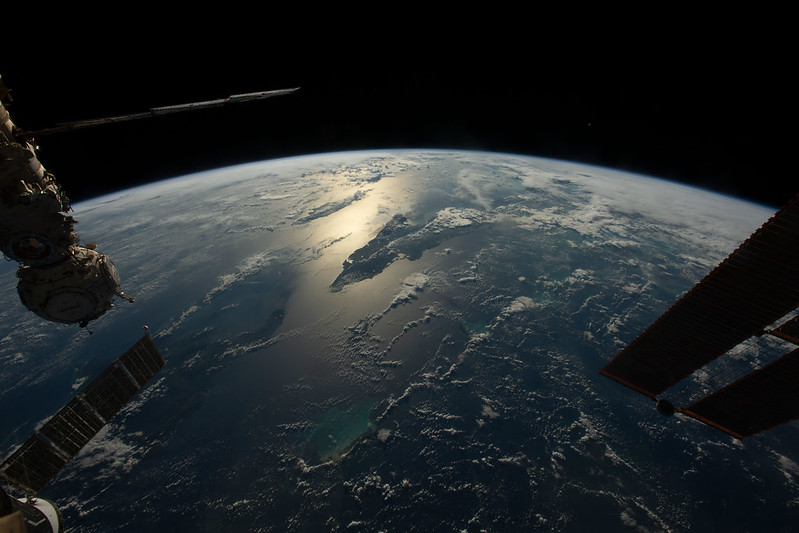
Research on a long-lived but rarely seen species in the Caribbean is helping scientists piece together a revised history of climate change…
Category 6-level hurricanes are already here, a new study says – Grist Magazine
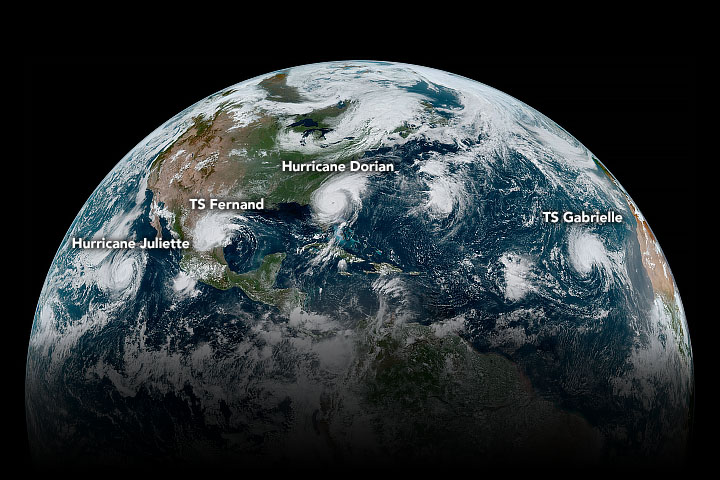
In the real world, Category 5 is synonymous with the biggest and baddest storms. But some U.S. scientists are making the case that it no longer captures the intensity of recent hurricanes. A paper published Monday in the Proceedings of the National Academy of Sciences lays out a framework for extending the current hurricane-rating system…with a new category for storms that have winds topping 192 miles per hour. According to the study, the world has already seen storms that would qualify as Category 6s…
